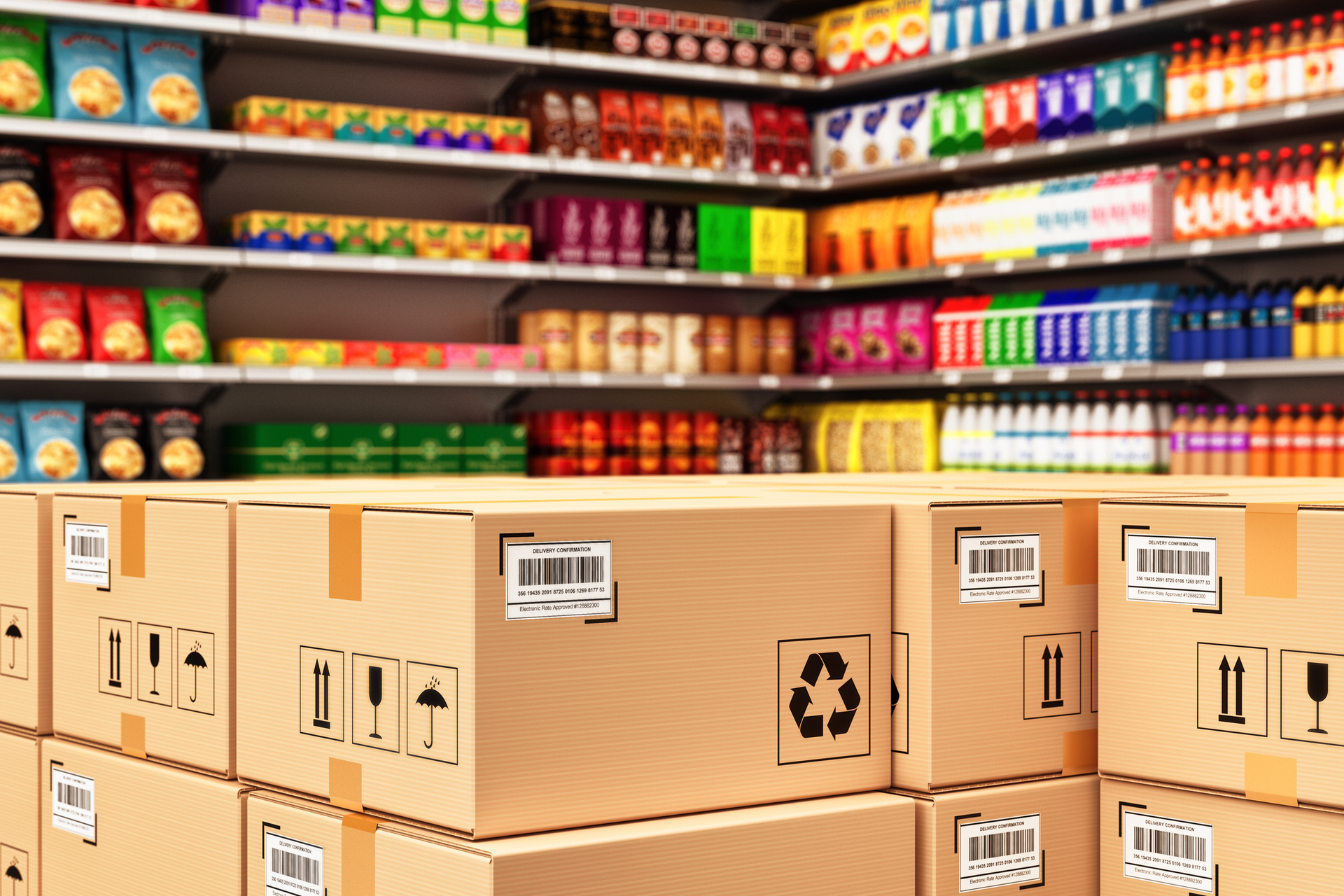Seeing Taylor Swift in concert is a momentous occasion for the singer’s biggest fans. The process takes months, from deciding where on the tour to see her, what friends to go with and how close to the stage revelers insist on getting. Much of their time is spent checking online to see what price the tickets are, because the prices keep changing. In the case of Swift’s global tours, her shows would sell out in seconds unless the ticket prices were high enough for fans to think twice. Dynamic pricing adopted by her ticket partners made sure that her team didn’t leave any money on the table if they sold tickets cheaper than the market could support. And the strategy worked, generating an average of $900K more per show for Swift’s recent Reputation tour, over a previous tour for the album 1989, which occurred in 2015.
Certainly, there is a risk in clouding over a glitzy pop spectacle with dollar signs. Increasingly, this practice is being adopted in the less-risky retail space, for more mundane items than Taylor Swift tickets. As AI continues to get better at creating predictive models (machine learning algorithms are designed to improve over time, the more data they acquire to solve a specific problem), mass market consumer packaged goods (CPGs) can use this information to determine the most effective pricing to move product off the shelves.
As last week’s Prime Day events demonstrated, consumers are extremely motivated by pricing. Essentially, the right price is part of the right overall message a brand or retailer uses to boost sales.
Tech providers in the data-driven CPG space draw their numbers from individual clients, as well as industry-wide data from a source like Nielsen’s Connect Partner Network.
Pricing and promotions solutions provider Eversight, an early member of the Connect Partner Network, uses this data to track promotions in specific markets, and to measure the effectiveness of promotions for brand clients.
David Moran, Co-Founder and Chairman of Eversight, told me: “First, Eversight uses Nielsen’s robust retail sales and shopper data to better understand where CPG companies are already running promotions and to create ‘value maps’ identifying the promotion events with the highest potential for improvement. Nielsen provides the meat and the historical data behind Eversight to ensure Eversight’s machine learning-enabled platform has enough variation in its inputs – to then quickly determine and test alternate offers.”
Eversight uses these promotional insights to work with brand sales teams to determine trade spending.
“Trade spending,” Moran explained, “is the money a CPG manufacturer or brand spends with a retailer to increase demand for its products, including via price promotions.”
He added, “These [sales] teams help to arm retailers with data-driven expertise, making their case for specific promotions at specific times. This is often a collaborative, back-and-forth process before the retailer makes the final decision. As the digitization of retail increases, we expect price promotion changes to be more rapid and dynamic.”
As of now, the typical lead time for retail promotions is 12 weeks out or more, according to Moran.
“Historically when sales teams choose which promotions to run, most of the industry uses historical analysis to determine what to do next,” he said. “The downside is that this leads to homogenization, sameness, and the practice of repeating the same winning offers, to the point where they stop being winners.”
The vast majority of retail still involves brick-and-mortar stores at some stage of the purchase, whether for inspecting actual items for purchase, or using a pickup BOPIS (buy online, pickup in-store) option. These new dynamic pricing strategies leverage the digitalization of the brick-and-mortar experience for sales and promotions.
“We effectively can reach large cohorts at scale,” Moran stated. “Rather than using history as a primary means for promotions, what if we just try some stuff? We can send different deals to different people, all based on real-world purchases.”
According to Moran a lot of leading brands are using these strategies, including Coca-Cola. The promos take into account “revealed behaviors, based on which deals [consumers] prefer.” Brands and their partners are basically “A/B testing brick-and-mortar” by measuring the so-called lift of promotions against locations where the promotions aren’t running,” he said.
From Nielsen’s side, their Connect Partner Network continues to add more solutions partners to serve CPG retail beyond pricing. Recent additions include Black Apple Group, which focuses on distribution-related forecasting and other industry insights; Wine B.I., which leverages data in the wine and spirits; and WorkPlace Impact, a workplace marketing consultant that uses promos and product samples through a permission-based network of companies.
“With consumers shopping on new devices and channels, our clients’ measurement needs have changed,” said Brett Jones, Vice President, Connected Partner Network Leader for Nielsen. “Many have tried on their own to work with partners to help – but it’s very difficult to assess and manage with all the choices they have. Also, the output most of these companies provide doesn’t tie back to how our clients measure success. This means our clients are spending time on things that aren’t moving their company forward, like researching and vetting partners, coordinating legalities, and cleansing and preparing data. As a result, they often have to turn down initiatives because of lack of time, budget and people.”








